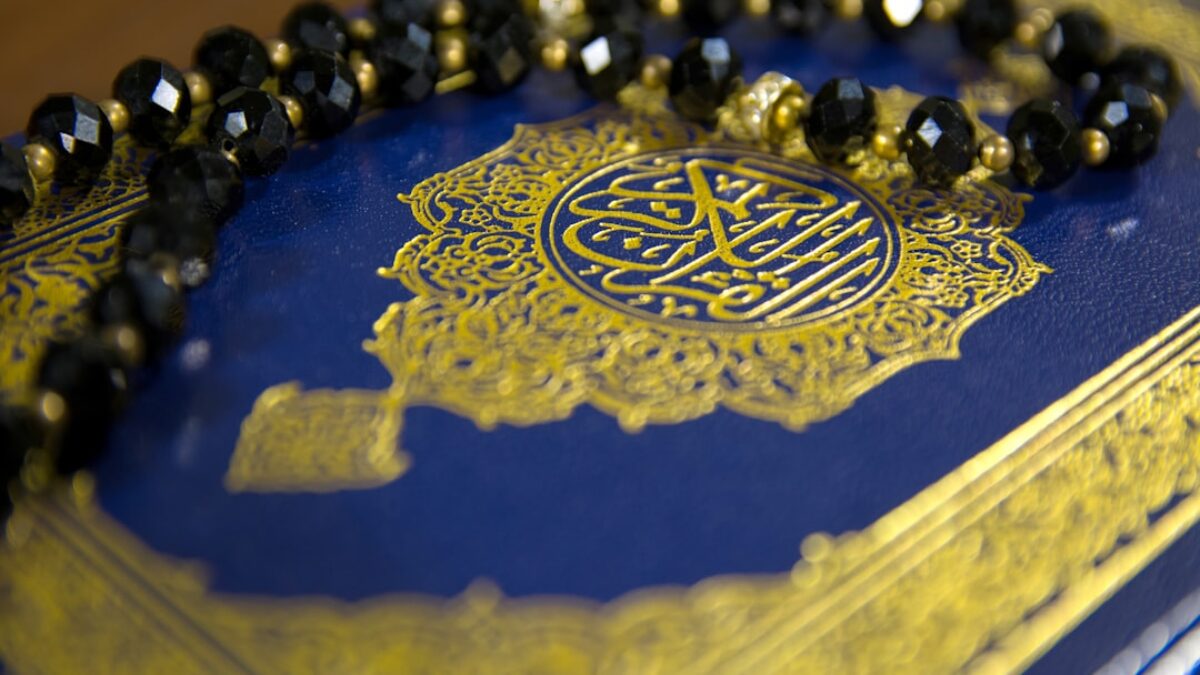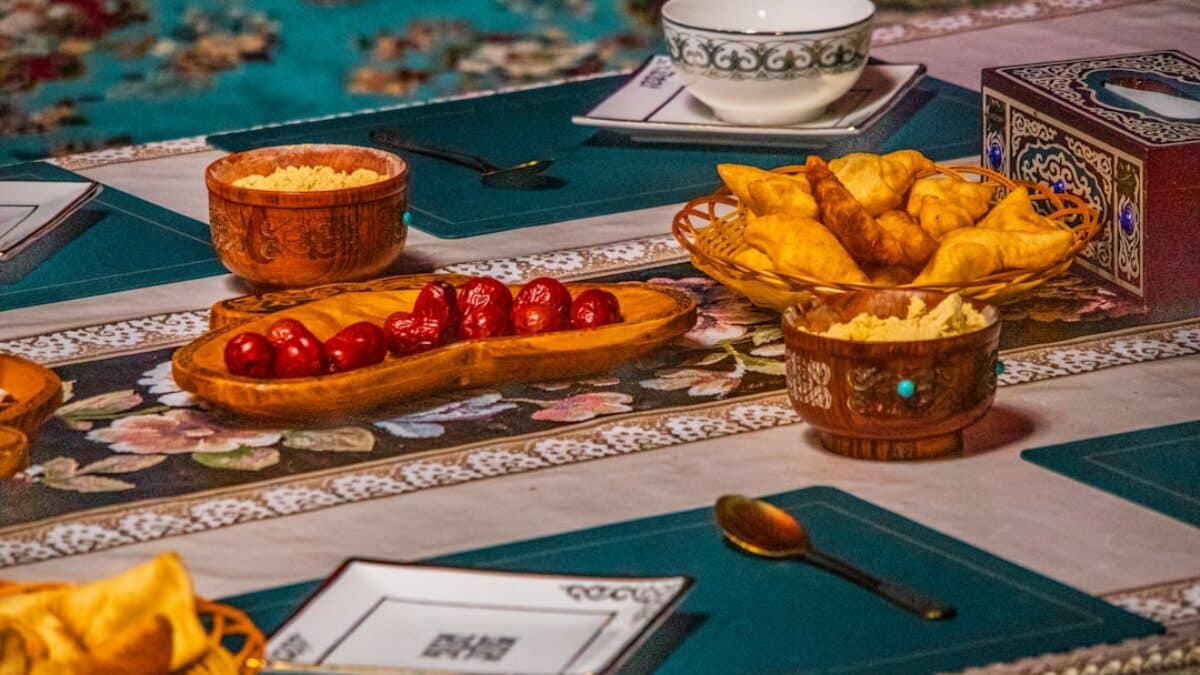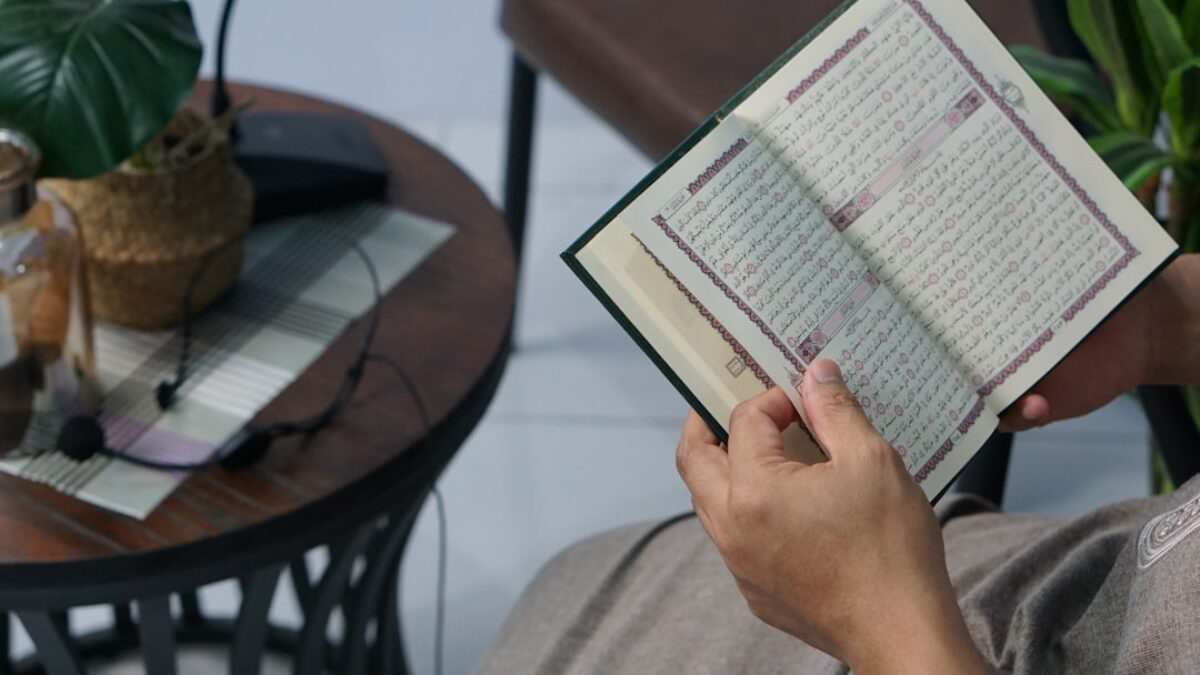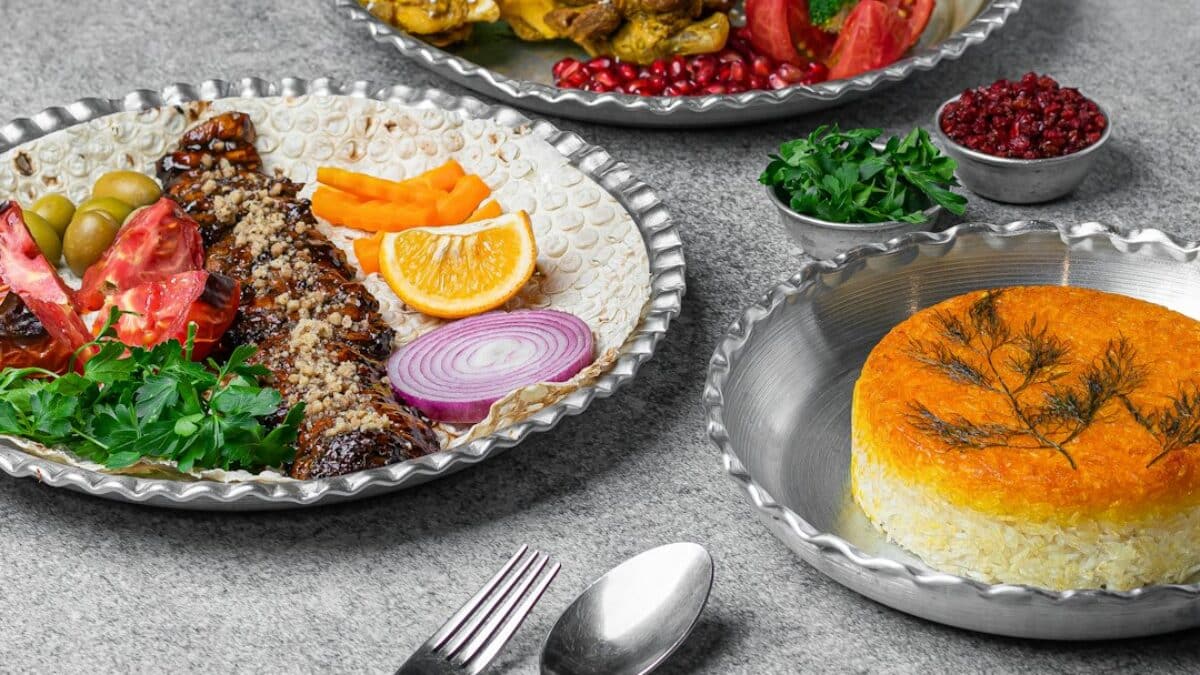Each evening during Ramadan, millions of Muslims around the world pause their day to break their fast with a meal called iftar. This sacred moment is far more than a simple act of eating; it is a spiritual recharge, a communal gathering, and an opportunity to nourish both body and soul. Yet amid the aroma of sizzling samosas and the clinking of date-stuffed glasses, many people unintentionally fall into habits that leave them bloated, dehydrated, or spiritually distracted. The good news is that a truly healthy and blessed iftar can be achieved with intention, knowledge, and small but powerful adjustments.
In this guide you will find a step-by-step roadmap rooted in the Qur’an and Sunnah, supported by modern nutritional science, and enriched with practical tips that fit real-life schedules. Whether you are a first-time faster, a parent feeding a houseful of teenagers, or a community organizer preparing meals for hundreds, you will discover actionable strategies that transform iftar from a rushed refuelling into a holistic experience of gratitude, vitality, and barakah.
Understanding a Healthy and Blessed Iftar
To design an iftar that is both wholesome and spiritually uplifting, we must first define what “healthy” and “blessed” actually mean in the Islamic context. Health is not only about the absence of disease; it is the optimal functioning of the body as an amanah (trust) from Allah. Blessing (barakah) is the subtle increase and continuity of good that Allah places in time, food, and actions when they are done with sincerity and adherence to prophetic guidance.
The Prophetic Model of Breaking the Fast
The Prophet Muhammad ﺺ provided a concise yet complete blueprint in his statement: “The people will continue to be upon good as long as they hasten to break the fast.” (Bukhari and Muslim). Three elements stand out:
- Speed: Break the fast immediately at sunset without unnecessary delay.
- Simplicity: Begin with odd-numbered dates or water, demonstrating contentment with little.
- Supplication: Engage in du‘a at the moment of breaking, when it is most likely accepted.
Modern Nutritional Insights
Contemporary research echoes the wisdom of these practices. Dates provide rapid-acting glucose, potassium, and fiber, preventing the sharp insulin spike caused by refined sweets. A short, mindful pause before eating allows the gastrointestinal tract to shift from a fasting to a fed state, reducing the risk of reflux and bloating. Hydration with 500–750 ml of water between maghrib and isha restores plasma volume without overwhelming the kidneys.
Key Components of a Healthy and Blessed Iftar
An ideal iftar is built on four pillars: intention, timing, nutrition, and worship. Omitting any pillar destabilizes the whole structure. Below is a detailed breakdown of each.
1. Intention and Spiritual Priming
Before lifting the first date to your lips, pause for 10–15 seconds and renew your intention (niyyah). Possible formulations include:
- “I break this fast seeking only Allah’s pleasure and the strength to worship Him better.”
- “O Allah, make this food a means of energy for prayer, charity, and good speech tonight.”
Neuroscience calls this “implementation intention”; the brain encodes the association between stimulus (eating) and goal (worship), increasing the likelihood of follow-through.
2. Timing the Break
Exact sunset times vary by location and season. Use a reliable Islamic calendar app or local mosque announcement. Build a two-minute buffer to account for clock discrepancies. If you live in high latitudes where twilight persists, consult your community’s scholars for the accepted time.
3. Nutritional Architecture
Stage 1: The Quick Refuel (0–5 minutes)
- 1–3 dates (Ajwa if possible)
- 1 cup water or ½ cup water + ½ cup unsweetened milk for added protein
- A brief du‘a: “Dhahabaz-zamā’u wabtallatil-‘urūqu, wa thabatal-ajru inshā-Allah.”
Stage 2: The Stabilizer (5–20 minutes)
Perform maghrib prayer first to create a natural pause. Upon returning, consume a balanced mini-plate:
- Complex carbohydrates: ½ cup brown rice, quinoa, or whole-wheat pita
- Lean protein: 3 oz grilled chicken, salmon, or lentils
- Healthy fat: 1 tbsp olive oil drizzled over salad or ¼ avocado
- Vegetables: At least 2 cups of colorful non-starchy vegetables for fiber and micronutrients
Stage 3: The Sustainer (post-Taraweeh)
After taraweeh prayers, enjoy a light snack if hungry:
- Greek yogurt parfait with berries and chia seeds
- Herbal tea with a handful of nuts
- A banana with almond butter (provides magnesium for muscle relaxation)
4. Worship Integration
The Islamic tradition does not compartmentalize eating and worship. Consider these practices:
- Shared plates: Eat from one large platter with family to encourage sunnah etiquette.
- Recitation: Play a gentle recitation of Surah al-Qadr while eating; studies show Qur’anic recitation reduces cortisol levels.
- Gratitude journaling: Keep a small notebook at the table; after eating, each person writes one blessing related to food.
Benefits and Importance
A properly constructed iftar yields benefits that ripple across physical, mental, and spiritual dimensions.
Physical Benefits
- Stable blood sugar: Combining dates with protein and fat prevents the “reactive hypoglycemia” crash many feel 60 minutes after eating.
- Hydration equilibrium: Spreading fluid intake over two hours rather than chugging at once reduces nocturnal bathroom trips.
- Digestive comfort: Following the sunnah order—dates first, then water, then prayer, then meal—gives the stomach time to secrete acid gradually.
Mental and Emotional Benefits
- Mindful presence: Short pauses and du‘as anchor the mind in the present moment, lowering anxiety.
- Family cohesion: Shared, device-free iftar conversations increase oxytocin and foster trust.
- Cognitive clarity: Balanced nutrition prevents the post-iftar “brain fog” that impairs night prayer focus.
Spiritual Benefits
- Renewed taqwa: Every bite becomes a reminder of Allah’s provision.
- Increased barakah: Obeying prophetic etiquette invites unseen blessings in time and food quantity.
- Enhanced charity: When the body feels light and energized, giving extra sadaqah becomes easier.
Practical Applications
Knowledge without application remains theory. Below are ready-to-use templates for different lifestyles.
The Solo Faster
If you live alone or your family is non-Muslim, craft a single-serving iftar kit on Sunday night so weekday evenings are effortless.
- Portion 5 zip-lock bags with three dates each.
- Prepare overnight oats in mason jars: ½ cup oats, ½ cup milk, 1 tsp chia seeds, cinnamon.
- Batch-cook chicken breasts seasoned with olive oil, paprika, and lemon; refrigerate.
- Wash and cut vegetables in advance; store in glass containers.
- Post-maghrib, assemble the plate in under three minutes: warm chicken, raw veggies, and oats.
The Family with Young Children
Children often want sugary treats immediately. Redirect their excitement without conflict:
- Create a “fast-breaking countdown” calendar with stickers; when the adhan sounds, they place the final sticker on the date tree.
- Let kids decorate reusable water bottles with Qur’anic verses; they feel ownership over hydration.
- Involve them in preparing fruit skewers earlier in the day; anticipation reduces tantrums.
The Community Iftar Organizer
Feeding 200 people demands efficiency and dignity. Adopt the “One Tray, One Chair” model:
| Station | Item | Quantity per person | Notes |
|---|---|---|---|
| 1 | Dates | 2 pieces | Pre-packed in small paper cups |
| 2 | Water | 250 ml | Stacked crates; encourage refills, not waste |
| 3 | Hot entrée | 1 cup rice + 4 oz protein | Halal-certified, low sodium |
| 4 | Salad | 1 cup | Leafy greens, tomatoes, cucumbers |
| 5 | Dessert | ½ cup fruit salad | Avoid syrup-soaked pastries |
The Elderly or Medically Fasting
Consult a physician first. If cleared, focus on soft textures and electrolyte balance:
- Dates softened in warm milk for easier chewing
- Low-sodium lentil soup pureed to a smooth consistency
- Homemade oral rehydration solution: 1 L water, ½ tsp salt, 2 tsp sugar, juice of ½ lemon
Frequently Asked Questions
What is the best type of date for breaking the fast?
Ajwa dates from Madinah are superior in prophetic merit, but any fresh, non-moldy date suffices. If unavailable, dried deglet noor or medjool dates are excellent. The key is natural fruit, not sugar-coated imitations. Check labels for additives.
How much water should I drink at iftar, and in how much time?
Target 500–750 ml from maghrib until isha. Space it out in 3–4 intervals of 150–200 ml every 15–20 minutes. Adding a pinch of sea salt and a squeeze of lemon enhances absorption and taste.
Can I drink coffee or tea immediately after breaking the fast?
Delay caffeine for at least 45 minutes. Caffeine is a diuretic and can counteract rehydration. If you crave the ritual, choose decaf herbal tea such as chamomile or peppermint, which aids digestion.
Is it sunnah to eat a full meal right after maghrib?
No. The prophetic pattern was light iftar + dinner after taraweeh. The companions often ate “two reed stalks of barley moistened with water” (Bukhari). A heavy meal right after sunset contradicts both sunnah and digestive physiology.
How can I avoid gaining weight during Ramadan?
Shift from calorie-dense cultural dishes to nutrient-dense whole foods. Implement the “half-plate vegetable rule” and limit fried appetizers to once a week. After taraweeh, take a 20-minute brisk walk instead of lounging on the couch.
What if I break my fast unintentionally before sunset?
According to the majority of scholars, the fast is not invalidated if done out of forget
























Post Comment